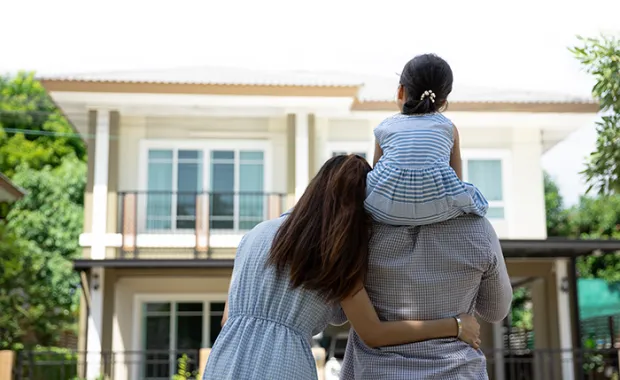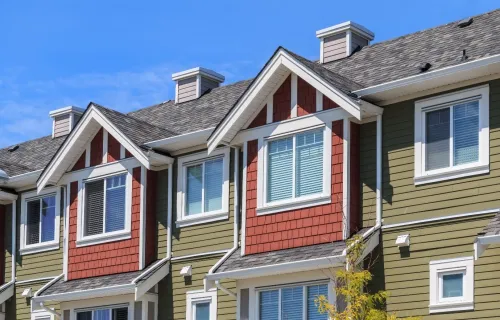- Contract Administration Tracking System (CATS)
-
CATS is an integrated case management system with configurable business processes supporting all PBCA processing activities, including work plan management, task processing, and communication and document management. CATS enables PBCAs to increase operational efficiency and maintain compliance. With CATS, PBCAs optimize efficiencies through automation, reducing administrative burden and enabling PHA staff to focus on the needs of tenants and owners.
- OnCue
-
CGI's specialized inspection management system, OnCue, simplifies and enhances the entire inspection process while ensuring compliance with HQS and NSPIRE HUD inspection standards and requirements. With a powerful mobile component available for Android and iPhone, inspectors can conveniently access, complete, and submit inspections from the field. OnCue enables seamless downloading and uploading of inspection reports in real time, reducing paperwork and improving efficiency. OnCue's built-in workflow tracking ensures compliance by monitoring every inspection process step, while automated letter and notification generation keep all stakeholders informed with timely updates. The intelligent scheduling feature, combined with route optimization, maximizes efficiency by reducing travel time and streamlining daily operations. With OnCue, housing authorities can enhance communications, improve compliance, and optimize resources while maintaining transparency and accuracy.
- Lodgic
-
A modern, advanced, and highly tailored platform for housing applications. CGI’s Compliance Application, HCV portfolio applications, knowledge bases, and AI-enabled virtual assistant are deployed on Lodgic. Lodgic is the platform of choice to deploy future applications, including custom, purpose-built applications for special housing missions.
Customizable web-based portals provide a User Gateway for housing authorities. Our portals offer numerous benefits to housing agencies by streamlining operations, improving communication, and enhancing accessibility for residents and other key stakeholders. These portals provide a centralized platform for tenants and owners to submit applications, make inquiries, and access essential documents, reducing administrative burdens and improving efficiency. Housing authorities can also use our portals to manage compliance and communicate real-time policy updates. Additionally, self-service features empower tenants and owners, leading to higher satisfaction and reduced call volumes and office traffic. By leveraging CGI's secured and user-friendly web-based portals, housing authorities can improve transparency, enhance service delivery, and optimize operations.
CGI's Compliance Application is a quality assurance solution that goes beyond compliance for housing authorities. It is a powerful tool for driving continuous improvement. Designed with flexibility and ease of use, the application allows PHAs to create questionnaires and checklists tailored to their unique standards and policies. Wizard-style reviews guide staff through the review process step-by-step, ensuring consistency and accuracy. Track corrections in real time, build customized reports, and analyze results to develop informed corrective action plans that make a difference. With streamlined workflows, improved visibility, and data-driven insights, CGI’s Compliance Application helps housing authorities elevate performance and stay ahead of regulatory requirements.
- View360
-
Housing authorities need technology that helps them synthesize large amounts of disparate information in one place. Excel spreadsheets of addresses and demographic statistics can't provide a complete picture of housing patterns across a jurisdiction. CGI's View360 offers visual analytics for housing authorities to manage multiple layers of information in one place.
- CGI Notify
-
Boost efficiency and engagement with CGI's automated notification system, CGI Notify. Deliver instant updates, reminders, and alerts to employees and stakeholders through SMS, email, and/or voice, ensuring no critical message goes unnoticed. Automate routine communications, reduce manual effort, and enhance response times, all while personalizing interactions for a seamless experience. CGI Notify streamlines communication for appointment reminders, policy updates, or internal alerts, improves customer satisfaction, and drives operational efficiency. Stay ahead with intelligent automation that keeps stakeholders informed and engaged.





